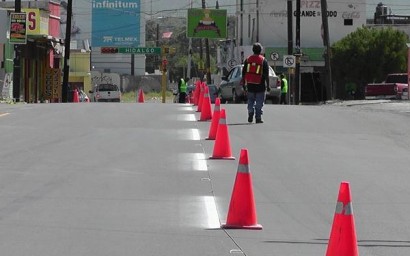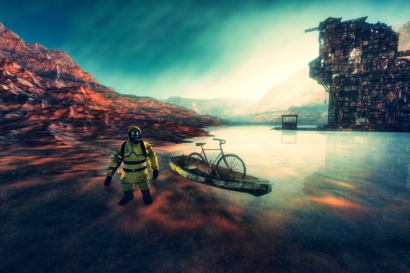 The term lumbociatalgia It is used to refer to low back pain that radiates to one or both legs, it is a manifestation of injuries in the lumbar spine.
The term lumbociatalgia It is used to refer to low back pain that radiates to one or both legs, it is a manifestation of injuries in the lumbar spine.
This pain is characterized by having a mechanical pattern, that is, it worsens with movements and efforts, relieving with rest and immobility, and is also accompanied by sensitivity disorders called paresthesia, in which there are sensations such as pricking, tingling, running or burning in the painful area.
Difference between sciatica and lumbociatalgia
The sciatica It is pain that originates in the spine and radiates to the leg with a well-defined path, begins in the lower back, passes through the center of the gluteus, descends down the back of the thigh and reaches the knee. it moves outward running then down the outer side of the leg to reach the ankle, usually there are painful manifestations in the toes. This well-defined path corresponds to the distribution of the sciatic nerve, hence the pain with this pattern is called sciatica.
Lumbociatalgia corresponds to pain that radiates to the leg due to involvement of any lumbar root, so its distribution is not as precise, varying according to the root that is affected. In this way it can be located only at the level of the thigh, in other cases it reaches the knee or it can even cover the entire leg with involvement in different areas.
A very common form of lumbociatalgia is pain due to involvement of the L4-L5 root, this nerve provides sensitivity to the knee, so its injury causes pain in the anterior aspect of the thigh and in the knee. Sometimes this pain is mistakenly confused with injuries of the knee joint.
Causes of lumbociatalgia
 The main cause of this disorder is the adoption of bad postures, the efforts can lead to injury and contracture of the muscles as well as the prolapse of the intervertebral discs out of their normal location, which causes compression of the nerve root causing pain.
The main cause of this disorder is the adoption of bad postures, the efforts can lead to injury and contracture of the muscles as well as the prolapse of the intervertebral discs out of their normal location, which causes compression of the nerve root causing pain.
Other causes of low back pain include displacements between vertebrae known as listhesis, osteoporotic fractures in which the vertebral bodies collapse and crush, and osteoarthritis of the spine or spondylosis. In these three conditions, the architecture of the vertebrae changes, narrowing the orifices through which the nerves emerge at the level of the lumbar spine, which leads to the development of pain.
Photos: iStock - Eraxion / wildpixel









